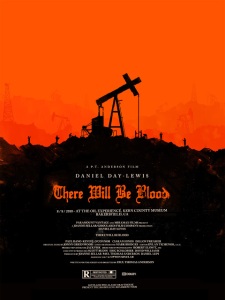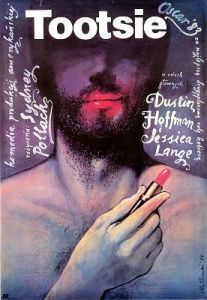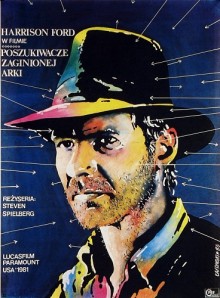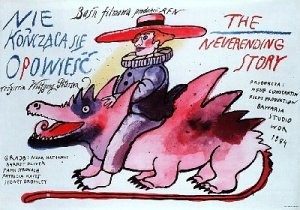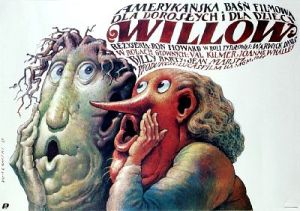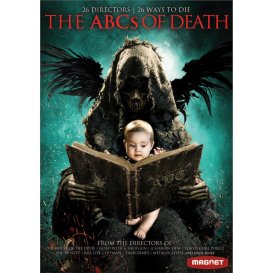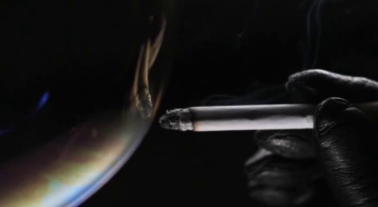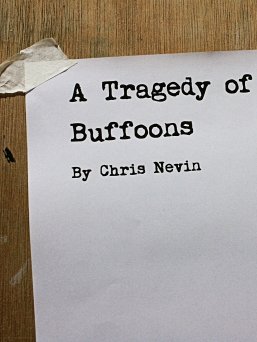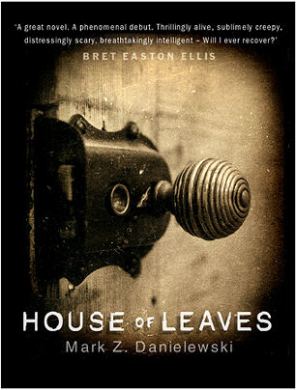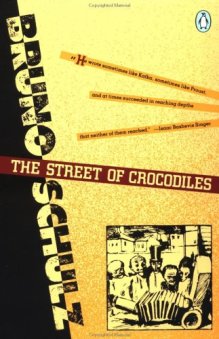
The Street of Crocodiles Book Cover
The Street of Crocodiles is an outstanding collection of stories. It is an autobiography told through the lens of nostalgia and childlike fantasy, and follows Shulz’s life through his childhood in a small, sleepy town in Poland where nothing much ever happens. This may seem like a fairly uninteresting setting for a book, but Shulz manages to inject his own air of poetry and magic into every sentence. When he describes a visit to his aunt and uncle, he tells of how, when he enters their living room, they are sat “as if in the shadow of their own destiny”. He goes on to describe his promiscuous aunt as having flesh “floating as it were outside the boundaries of her person, held only loosely in the fetters of individual form , and, despite those fetters, ready to multiply, to scatter, branch out, and divide into a family.” You can see from these two short excerpts the effortless way in which Shulz manages to transform reality, through his own unique perspective, into something wonderful and ethereal.
Of all the characters that Shulz portrays, his father is by far my favourite. While Bruno is still quite young, his father begins to lose his mind – locking himself in his room, and waging titanic war against his God. Shulz recreates scenes in which his father shakes with the “divine anger of saintly men” roaring in the language of thunder as the terrible Demiurge “press[es] his enormous face against the upper panes of the window”. Shulz explains how they often rent rooms of their house out, and how, sometimes, a tenant would leave without telling them and they would wander into a long forgotten room to find it empty. His father would disappear, sometimes for weeks on end into these mysterious recesses of the house, only to re-emerge weeks later, weak and hungry. While his father still has a shred of his former sanity, he is obviously terrified and angry at this slide in his own mental capacity, but once he has crossed this threshold, Shulz paints him as quiet and meek and, not to take away from his struggle, lovably eccentric. He imports dozens of rare bird eggs and hatches them, keeping the bright and colourful flock in the attic. Shulz tells of how his father begins to lose himself in the life of the birds, coming down to dinner and attempting to peck at his food. When their housekeeper eventually has to free the birds due to the enormous amounts of faeces covering the attic, he is panicked and tries to fly with them out of the window.
Bruno Shulz never completely loses himself to fantasy in this book, he merely drapes it over his life and surroundings to give everything a brighter appearance. This book isn’t Alice in Wonderland or Pan’s Labyrinth. It is always easy to forget that to an author from the past, he is not describing something, with the rose tinted spectacles of nostalgia, from a long lost era – this was his “present day” in all its mundanity and normalcy. I think it would be a great gift to be able to see the world in such a warm hearted and giving way as Shulz writes about his.

Bruno Shulz
Bruno Shulz is, himself, a fascinating character. He was born in 1892 and taught art in a secondary school in Poland writing constantly for his own amusement, but it wasn’t until he was forty years of age, when he was introduced to a distinguished novelist, that he was able to see his works published. Less than ten years later he was confined to a ghetto as a Jewish citizen and in 1942 he was shot dead in the streets. He published a sum total of three works and was reportedly working on a fourth, though, sadly for the world of the literarily insatiable, this has been lost.
As well as his constant writing, Bruno Shulz also sketched. His drawings seem, to me, to fall under a darker, more Carrollian style of dream and fantasy, with the majority of the pictures being set against a backdrop of dark shadow with the central figures writhing on the floor or creeping from the edges of the page. To my mind, you can still sense a certain “languid air” in these pieces, but it often seems to be at the expense of another.
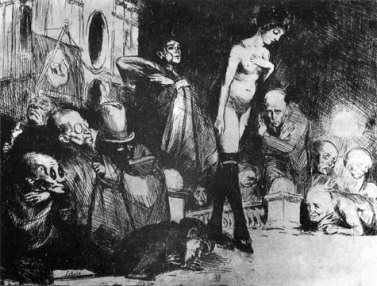
Procession – Bruno Shulz
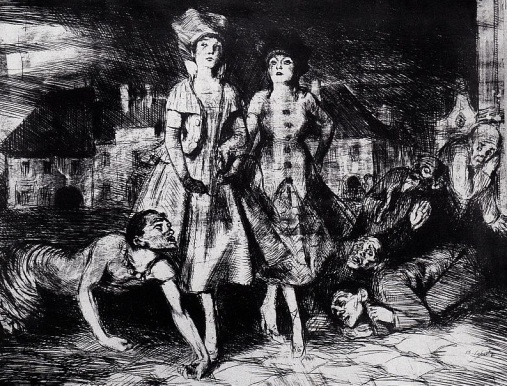
The Enchanted City II (Revolution in City) – Bruno Shulz
The Street of Crocodiles is quite simply poetry in prose. I have never been one who was able to remember quotes from great writers, but I truly wish I was, because if so, I would try and memorise most of the sentences in this book. Besides for obvious reasons, it is a tragedy that this lyrical master was snatched away before he was able to produce any further work.
As an additional note, Jonathan Safran Foer lists Street of Crocodiles as his favourite book and has used it to create his own work “Tree of Codes.” Using a die-cut on every page he has extracted the story of one person’s “last day on earth.” I have not read this book myself, but I have to say that with Street of Crocodiles as its foundation, I am sorely tempted.



